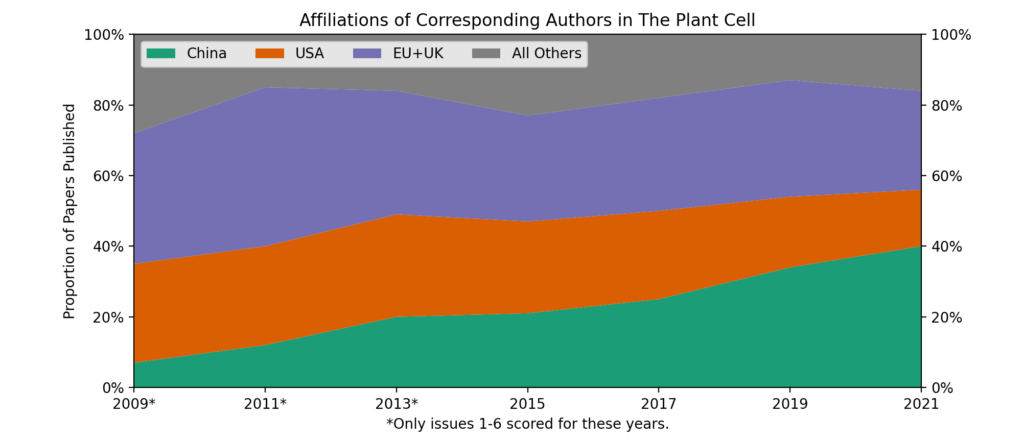I’ve started companies. I’ve worked in academia. But my most recent experience working in the conventional private sector was a summer internship I did at Pioneer Hi-Bred all the way back in 2010. But I’ve been noticing a few interesting signs:
- Powerpoint. Meeting with a venture capital firm. The guy I’m talking to apologizes for having such a long slide deck. Based on my experience in academia I assumed this mean 60-70 slides.* Nope. The really long slide deck the VC guy was talking about was 12 slides.
- Meetings. Meeting with some folks at a company I am collaborating with. One guy shows up about ten minutes late to the meeting because of some stuff with his kids. We talk about the stuff that doesn’t need him at the start and talk about the stuff he needed to be there for once he showed up. Meanwhile in academia I frequently have days with 4-8 hours of zoom meetings scheduled back to back. Which is doable. At least it is until people at my next meeting start texting me on my cell phone to find out why I’m not in the meeting yet 2-3 minutes before the meeting is even scheduled to start.
- Vacations. One of the startups I helped found hired some new full time “business people” a few months ago. It is remarkable how much these folks are getting done so quickly. Part of that is the advantage of dedicated people vs one person trying to wear seven hats. Part of it is the new folks brought different skillsets (why we hired them). But what’s been remarkable to me is that, in between getting so much work done, it seems like these people are constantly taking vacations: going off to cabins, or hunting trips, or tropical vacations. Meanwhile I’m 36 years old, have been reasonably successful in my academic career by the standards of my field and my job still doesn’t provide me with paid time off (including no sick leave).
The thing is, as far as I can tell there’s no inherent reason that academia needs to do any of these three things differently (and more painfully) than the private sector. It doesn’t make us more productive. It’s largely not being imposed from the outside, it’s something we do to each other or ourselves.
*This isn’t consistent around the globe. The last time I gave an hour long talk in Germany, someone warned me to aim for only 25-30 minutes of presentation (~20 slides) so the rest of the time could be for questions and discussion. So I did that. And it was GREAT! I came around with good new research ideas, an understanding of what I was or wasn’t explaining well, and I think the people listening had a better time and took away more useful information than if I’d droned on through 45+ slides with 5 minutes for questions at the end.
